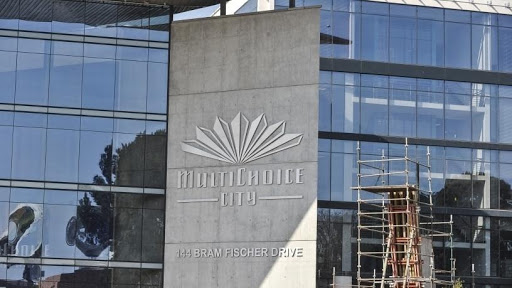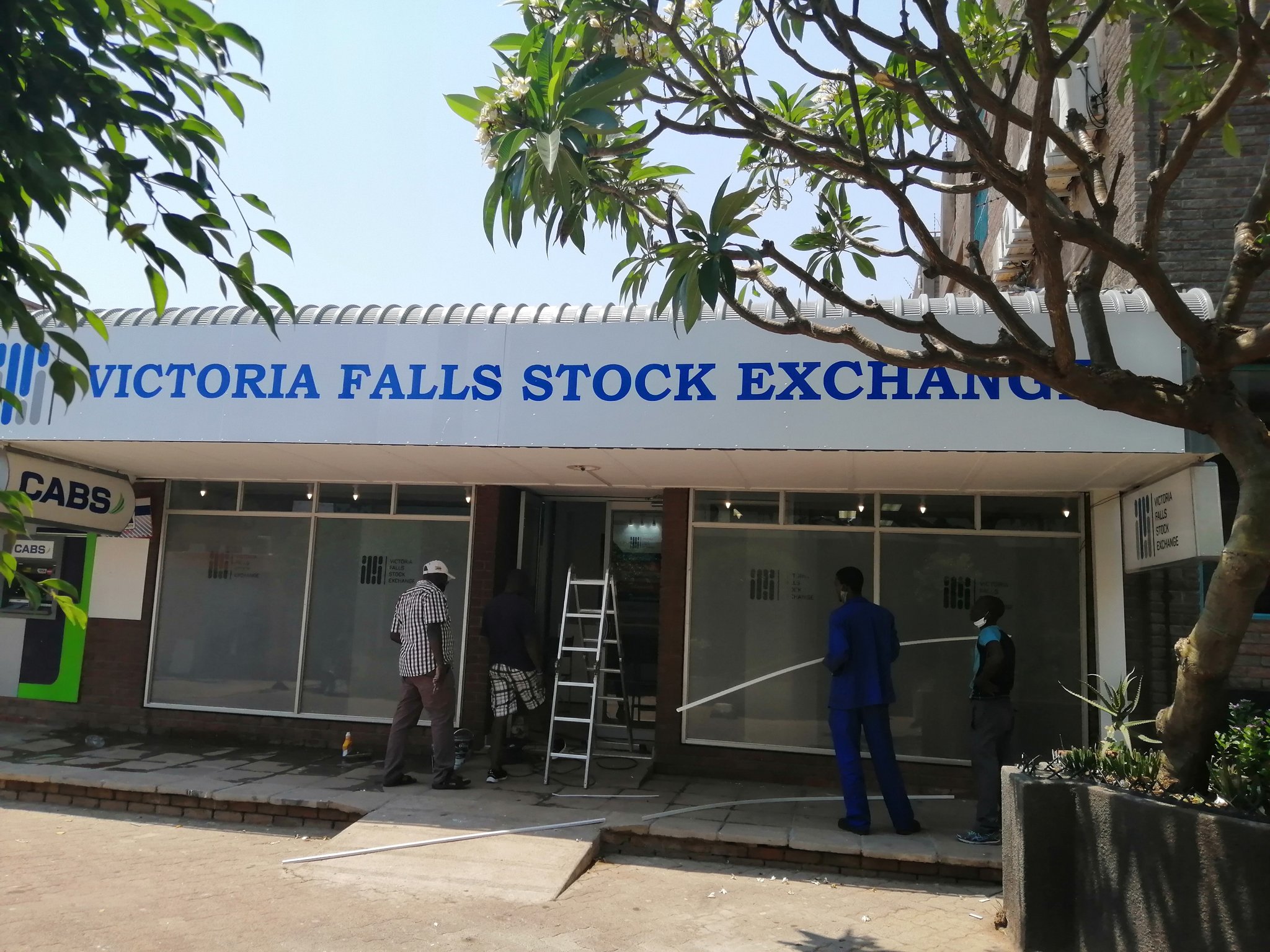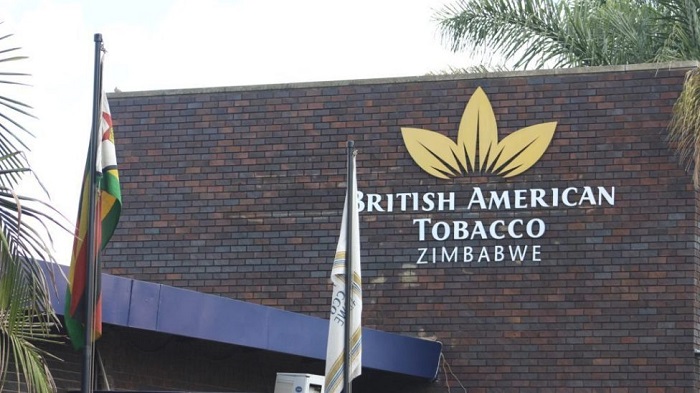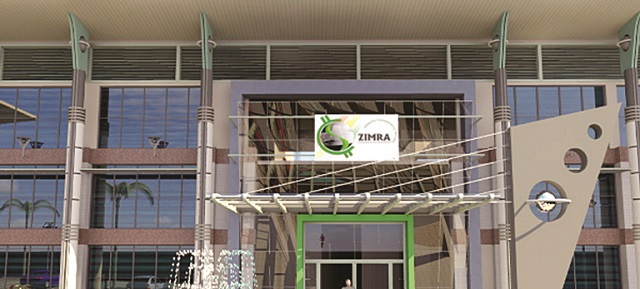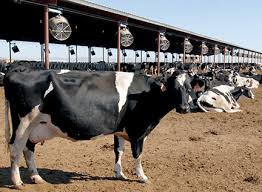Raw milk pr oduction increases 7pc
Zimbabwe’s raw milk production increased by 7 percent to 15,09 million litres in the first two months of this year compared to the same period last year, official data shows.
Raw milk production has benefitted from the importation of heifers under private and public initiatives and local breeding through artificial insemination techniques, with emphasis on sexed semen from dairy bulls.
Latest figures from the Ministry of Lands, Agriculture, Fisheries, Water and Rural Development’s dairy services department show that raw milk intake by processors rose 10 percent to 13,88 million litres from 12,66 million litres in the same period in 2022.
However, retailed milk by producers fell by17 percent to 1,21 million litres from 1,45 million litres in the same period last year.
In February 2023, raw milk output stood at 6,95 million litres, representing a 3,42 percent increase compared to the same period last year. But compared to January 2023 output, production went down by 15 percent.
Zimbabwe’s raw milk production rose by 15 percent to 91,31 million litres in 2022, compared to 79,6 million litres realised in 2021.
December milk output rose 9,45 percent to 8,32 million litres, compared to 7,6 million litres in December 2021. At 8,32 million litres, the output ranks as the highest monthly milk output in 2022, followed by October’s 8,14 million litres.
Zimbabwe’s raw milk production has reached 76 percent of the annual requirement with the country seen firmly on the path to raw milk production sustainability.
The Government has continued to provide financing and other forms of support to accelerate growth of the dairy industry.
“The increase is to be achieved through promoting on farm feed production and formulation in order to augment nutrition and reduce costs, and also to promote improved efficiency at farm level,” said Addmore Waniwa, an officer with the dairy services department.
Efficient utilisation of funding by the Treasury from proceeds of the 5 percent levy on imported dairy products has also boosted raw milk production, as the country seeks to attain production sustainability.
Incentives to promote dairy include presidential and command silage schemes as well as subsidised semen through the Transforming Zimbabwe’s Dairy Value Chain for the Future (TranZDVC) project.
The country’s monthly raw milk requirement stands at about 10 million litres. The deficit is covered through imports.
Zimbabwe’s dairy industry, however, faces a plethora of challenges, which include high production and processing costs, lack of bankable security
of land tenure, limited access to affordable finance and foreign currency, and a high compliance c-herald



